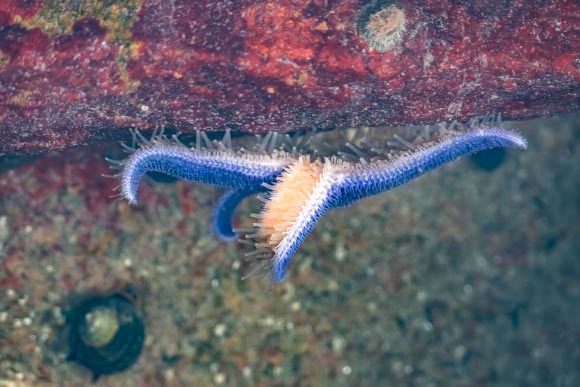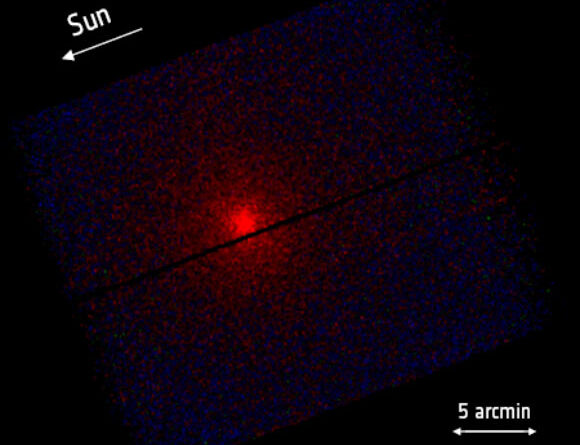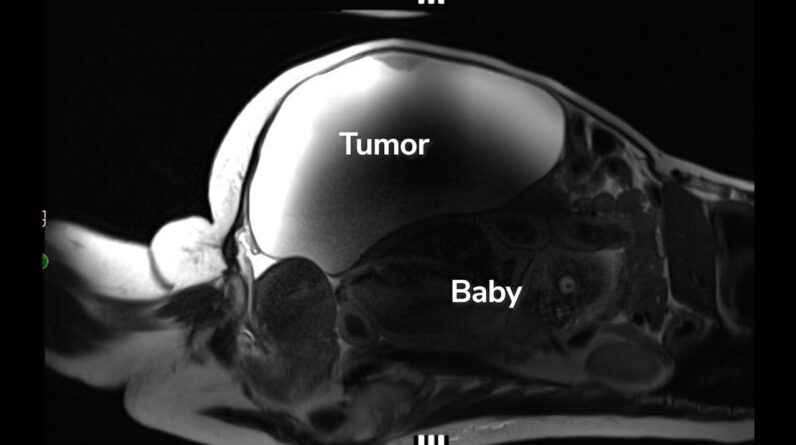
A satiety-inducing molecule called bombesin is not only present in humans and other vertebrates but also in invertebrates such as starfish and their marine relatives, according to new research.
The common starfish (Asterias rubens) in Brofjorden at Govik, Lysekil municipality, Sweden. Image credit: W. Carter.
Bombesin, a small peptide, plays a key role in regulating hunger by signalling when we’ve had enough to eat.
Its name comes from the fire-bellied toad (Bombina bombina), from whose skin the peptide was first isolated in 1971.
When injected into mammals, bombesin was found to reduce meal size and increase the time between meals.
This led scientists to believe that bombesin-like neurohormones, produced in the brain and gut, are part of the body’s natural system for controlling food intake.
Furthermore, alongside weight-loss inducing drugs such as Ozempic, compounds that mimic the action of bombesin are in development for treatment of obesity.
In a new study, Queen Mary University of London’s Professor Maurice Elphick and colleagues explored the evolutionary history of bombesin.
By analysing the genomes of invertebrate animals, they discovered genes encoding bombesin-like neurohormones in the common starfish (Asterias rubens) and other echinoderms, such as sea urchins and sea cucumbers.
“It was a bit like looking for a needle in a haystack, but eventually we discovered genes encoding a bombesin-like neurohormone in the genomes of starfish and their relatives,” Professor Elphick said.
The researchers then turned their attention to the function of this starfish bombesin, named ArBN.
Using mass spectrometry, they determined the molecular structure of ArBN, allowing it to be chemically synthesised and tested.
They investigated how ArBN affects starfish feeding behaviour. Starfish have a unique way of eating: they evert their stomach out of their mouth to digest prey like mussels and oysters.
“When I tested ArBN, I saw that it caused contraction of the starfish stomach,” said Dr. Weiling Huang, a researcher at Queen Mary University of London.
“This suggested that ArBN might be involved in stimulating stomach retraction when starfish stop feeding.”
“And this is exactly what I found. When I injected ArBN into starfish with their stomachs everted, it triggered the stomach to retract back into the mouth.”
“What’s more, ArBN also delayed the initiation of feeding, as starfish injected with ArBN took longer to enclose a mussel compared to those injected with water.”
The discovery of bombesin’s ancient role in appetite regulation sheds light on the evolutionary origins of feeding behavior in animals.
“We can infer that this function extends back half-a-billion years to the common ancestor of starfish, humans, and other vertebrates,” Professor Elphick said.
A paper on the findings will be published in the Proceedings of the National Academy of Sciences.
_____
Weiling Huang et al. 2025. Discovery and functional characterization of a bombesin-type neuropeptide signaling system in an invertebrate. PNAS, in press; doi: 10.1073/pnas.2420966122
As an Amazon Associate I earn from qualifying purchases.







